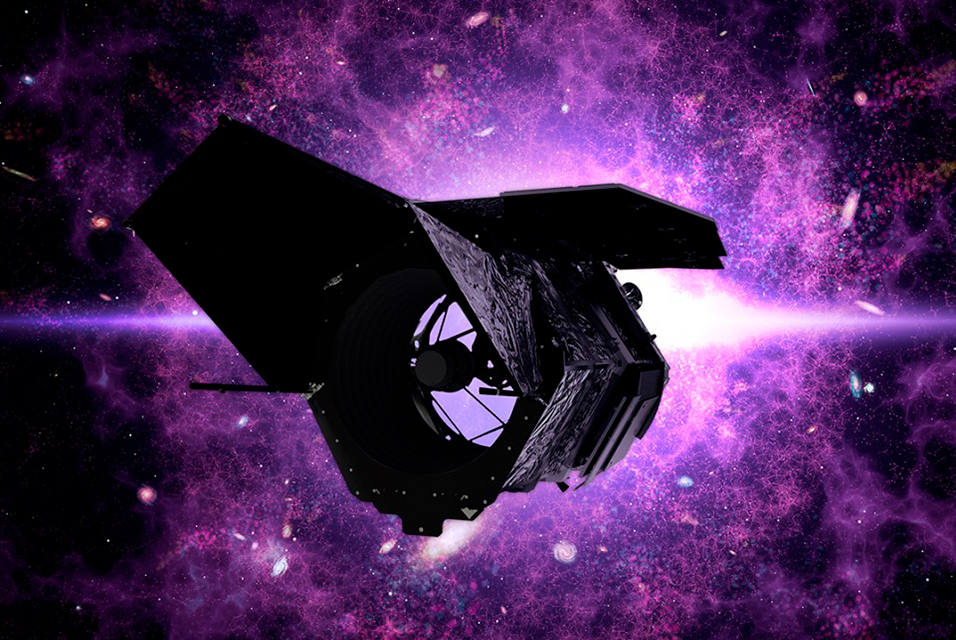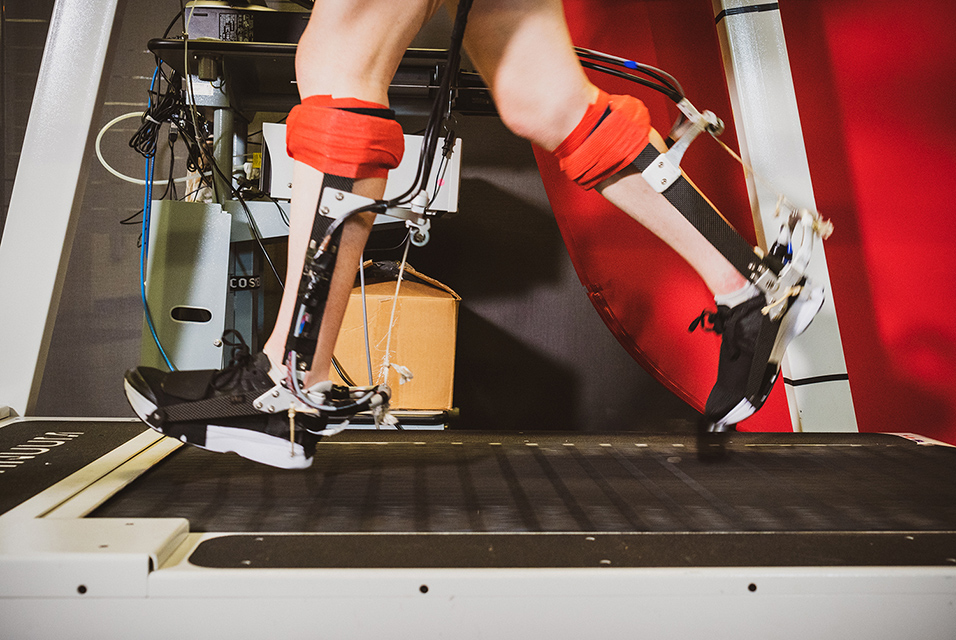ITHACA, NY.- When it comes to directly imaging Earth-like exoplanets orbiting faraway stars, seeing isn’t always believing.
A new
Cornell study finds that next-generation telescopes used to see exoplanets could confuse Earth-like planets with other types of planets in the same solar system.
With today’s telescopes, dim distant planets are hard to see against the glare of their host stars, but next-generation tools such as the Nancy Grace Roman Space Telescope, currently under development by NASA, will be better at imaging Earth-like planets, which orbit stars at just the right distance to offer prime conditions for life.
“Once we have the capability of imaging Earth-like planets, we're actually going to have to worry about confusing them with completely different types of planets,” said Dmitry Savransky, associate professor in the Sibley School of Mechanical and Aerospace Engineering (College of Engineering) and the Department of Astronomy (College of Arts and Sciences).
“The future telescopes that will enable these observations will be so huge, expensive, and difficult to build and launch that we can't afford to waste a single second of time on them,” Savransky said, “which is why it is so important to think through all of these potential issues ahead of time.”
By using Earth’s own solar system as a model of an unexplored star system, Savransky and Dean Keithly, doctoral student in the field of mechanical and aerospace engineering, calculated that even with direct-imaging techniques and the increased capabilities of future, high-powered telescopes, exoplanets as different as Uranus and Earth could be mistaken for one another.
The research was published in Astrophysical Journal Letters, and details how measurements estimating planet-star separation and brightness can cause “planet confusion.” The modeling finds that when two planets share the same separation and magnitude along their orbits, one planet can be confused for the other.
“I’m asking the question, ‘Is it possible that Jupiter could have the same separation and brightness as Earth? Can we possibly confuse these two things that we have just detected?’ And the answer is yes,” Keithly said. “A habitable Earth-like exoplanet around a star in a different solar system could be confused with many other types of planets.”
Keithly and Savransky – both members of Cornell’s Carl Sagan Institute – identified 21 cases within their solar system model in which an individual planet had the same apparent planet-star separation and brightness as another planet. Using this data, it was calculated that an Earth-like planet could be misidentified with a Mercury-like planet in 36% of randomly generated solar systems; with a Mars-like planet in about 43% of randomly generated solar systems; and with a Venus-like planet in more than 72% of randomly-generated solar systems.
In contrast, confusion between Earth-like planets and larger gas-giant planets similar to Neptune, Saturn and Uranus was less likely, and could occur in 1-4% of randomly generated solar systems.
Confusing planets for one another can be an expensive and time-consuming problem for researchers. Extensive planning and funds go into each use of a high-powered telescope, so the false identification of a habitable exoplanet wastes valuable telescope time. With this problem identified, researchers can design more efficient exoplanet direct-imaging mission surveys. The researchers warn that further improvements to instrument contrast and inner-working angles could exacerbate the problem, and advise that future exoplanet direct-imaging missions make multiple observations to more accurately differentiate between planets.
The research was funded by NASA through the Science Investigation Team of the Nancy Grace Roman Space Telescope.










